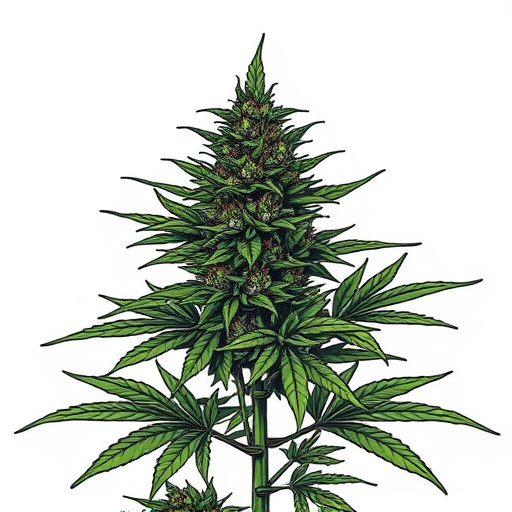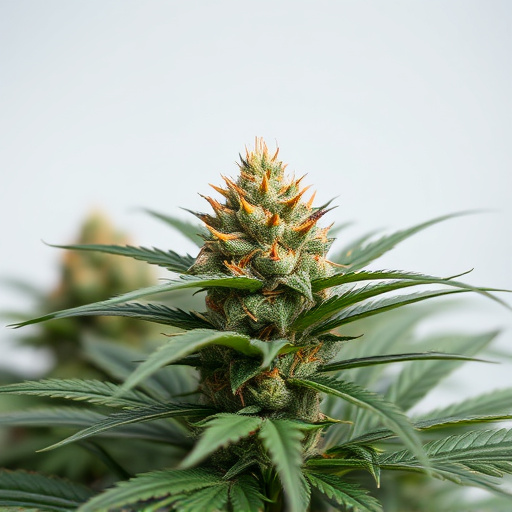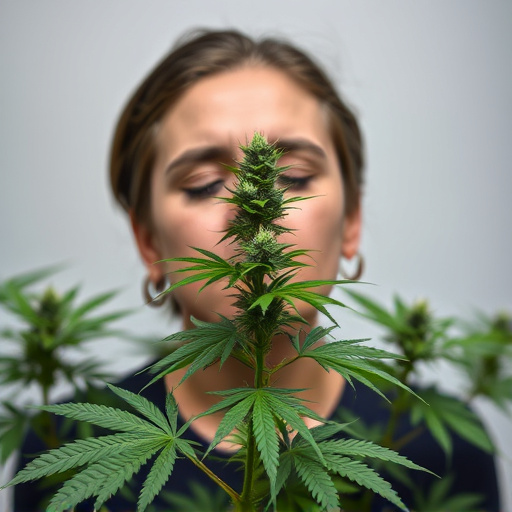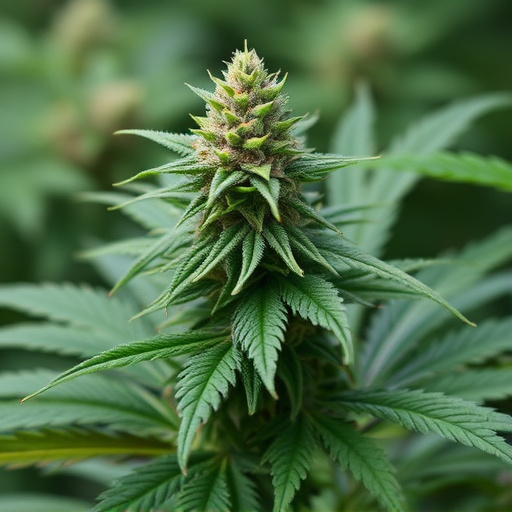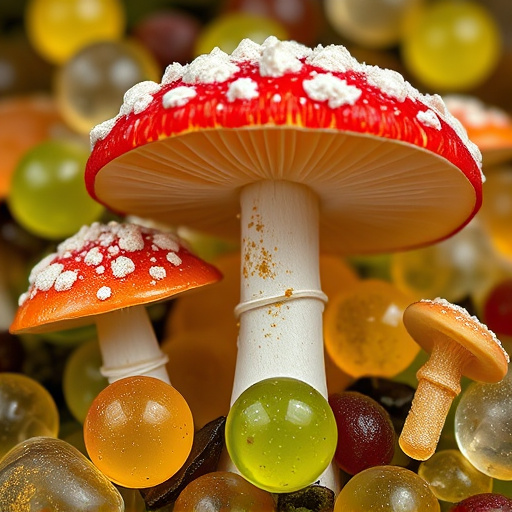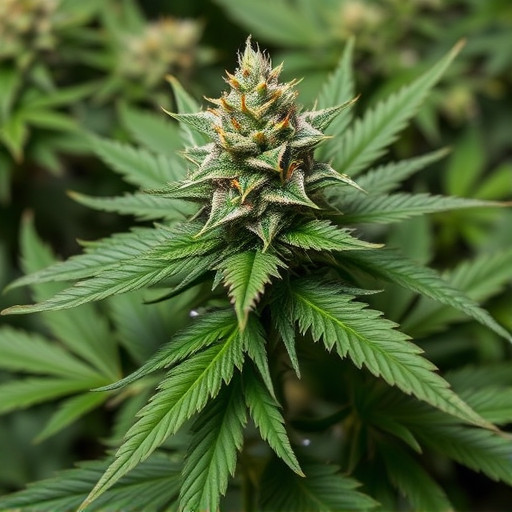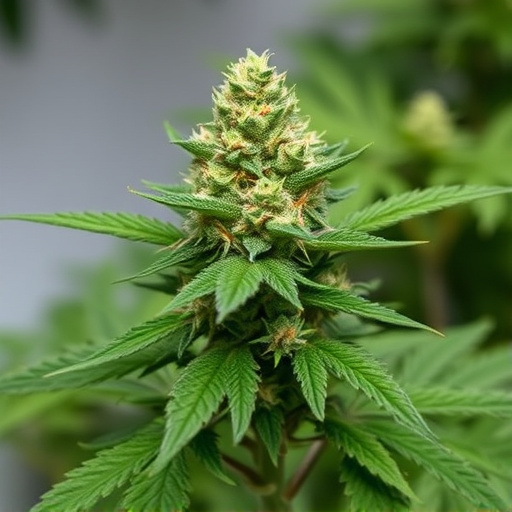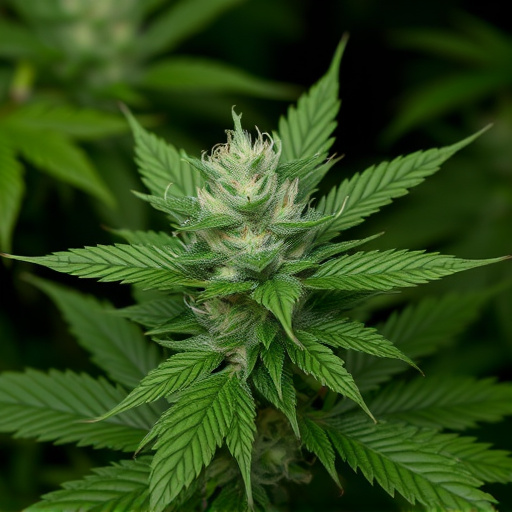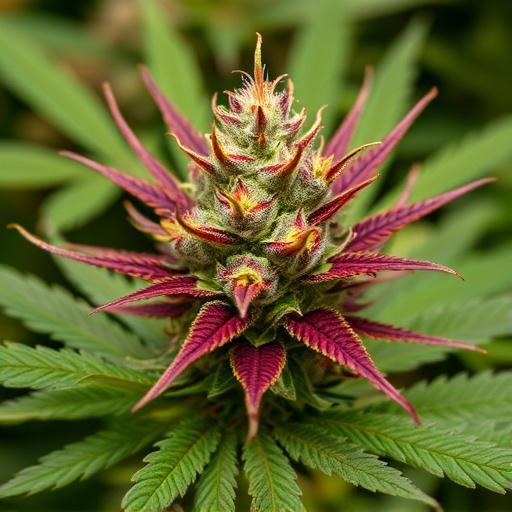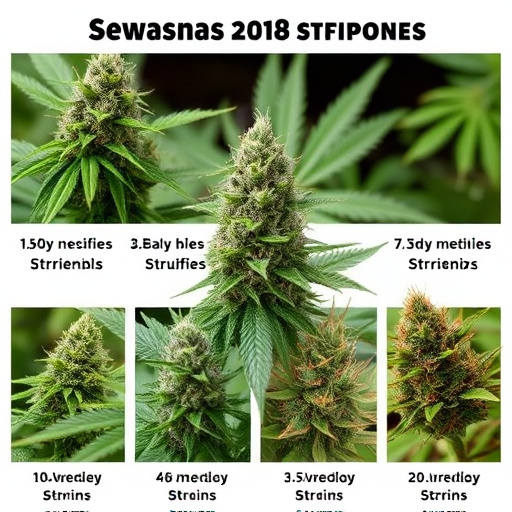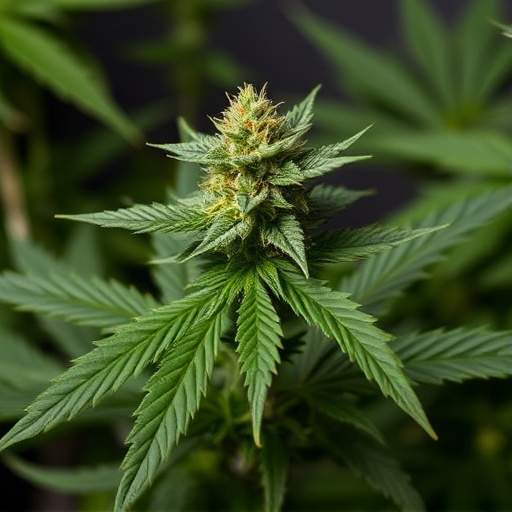Cannabis curing is a meticulous process that optimizes plant quality and potency by controlling temperature and humidity. It enhances flavors, aromas, and therapeutic effects of different cannabis strains through natural chemical transformations, especially terpene production. Growers use various methods like air drying and cold curing to fine-tune the final product's potency and user experience, catering to diverse consumer needs.
“Uncover the enigmatic process of cannabis curing and its profound impact on potency. This in-depth exploration delves into the science behind terpene production during curing, revealing how it enhances or alters cannabis strains’ effects. From air-drying to specific temperature control, various curing methods offer unique outcomes. Discover how these techniques can optimize plant chemistry, leading to more potent and desired cannabis strains effects. Get ready to navigate the intricate world of post-harvest treatment and its influence on your favorite plants.”
- Understanding Cannabis Curing and Its Impact on Potency
- The Science Behind Cannabis Terpene Production during Curing
- Exploring Different Curing Methods and Their Effects on Cannabis Strains' Effects
Understanding Cannabis Curing and Its Impact on Potency
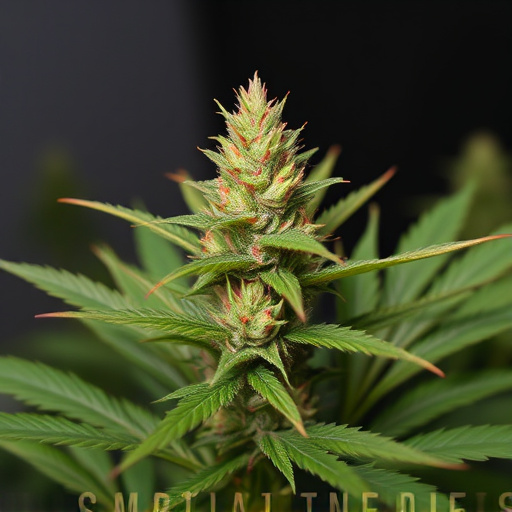
Cannabis curing is a process that involves slowly drying and storing harvested plants, allowing time for chemical transformations to occur. This method, often referred to as ‘curing or conditioning,’ plays a significant role in enhancing the overall quality and potency of cannabis flowers. During curing, the plant’s natural processes kick in, leading to the production of more potent cannabinoids like THC and CBD. The slow evaporation of moisture from the buds causes a series of biochemical reactions, concentrating the desired compounds and improving the overall flavor profile, aroma, and effects of cannabis strains.
Curing also helps reduce the presence of unwanted byproducts, such as excess moisture and chlorophyll degradation products, which can impact the final product’s potency and quality. By controlling temperature and humidity during this process, growers can optimize the conditions for maximizing cannabinoid preservation and ensuring that each bud retains its unique effects from different cannabis strains.
The Science Behind Cannabis Terpene Production during Curing
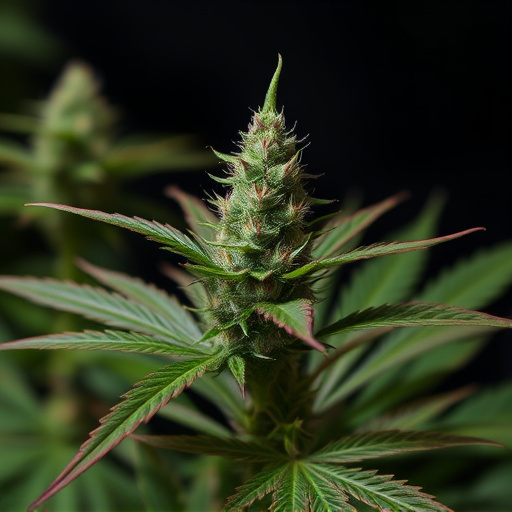
The process of curing plays a pivotal role in enhancing the potency and overall quality of cannabis flowers, primarily through its impact on terpene production. Terpenes are aromatic compounds naturally present in cannabis plants, contributing significantly to the unique flavors and potential therapeutic effects of different cannabis strains. During curing, these terpenes undergo complex biochemical transformations, leading to an evolution in the plant’s chemical profile. This period allows for the development of more potent terpene concentrations, which can intensify the desired effects of specific cannabis strains.
Scientific research suggests that the controlled environment of curing facilitates the interconversion of various terpenes. For instance, the popular terpene myrcene, known for its earthy and fruity notes, can increase in abundance as a result of curing. This process often involves temperature and humidity regulation, ensuring a gradual breakdown of chlorophyll while preserving essential compounds. The art of curing thus becomes a crucial step in unlocking the full potential of cannabis strains, offering consumers a more robust and nuanced experience, from heightened flavors to amplified therapeutic benefits.
Exploring Different Curing Methods and Their Effects on Cannabis Strains' Effects
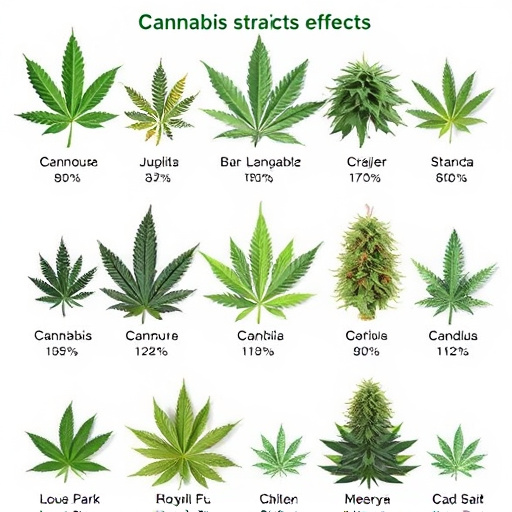
The art of curing cannabis is a nuanced process that significantly impacts the final product’s potency and overall user experience. Different methods, including air drying, cold curing, and humidity control, each offer unique advantages. Air drying, a traditional technique, involves slowly reducing moisture content over several weeks, preserving terpenes and enhancing flavor. This method allows for natural degradation of certain cannabinoids, potentially altering the strain’s effects.
Cold curing, on the other hand, involves storing cannabis at low temperatures and specific humidity levels, which can intensify flavors and create a more potent product. This process preserves the integrity of terpenes, known for their aromatic properties and potential therapeutic benefits. By manipulating these variables, growers can tailor the desired cannabis strains effects, catering to diverse consumer preferences and intended uses.
In conclusion, curing plays a pivotal role in enhancing the potency and overall quality of cannabis flower. Through the scientific process of terpene production, different curing methods can significantly alter the effects experienced by consumers. Understanding these techniques allows cultivators to optimize their cannabis strains’ potential, ensuring a more satisfying and targeted consumer experience. By exploring various curing approaches, the industry can continue to refine and elevate the art of cannabis cultivation.
